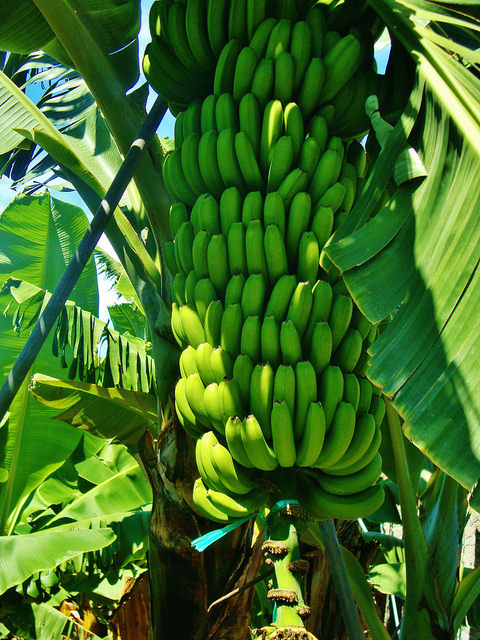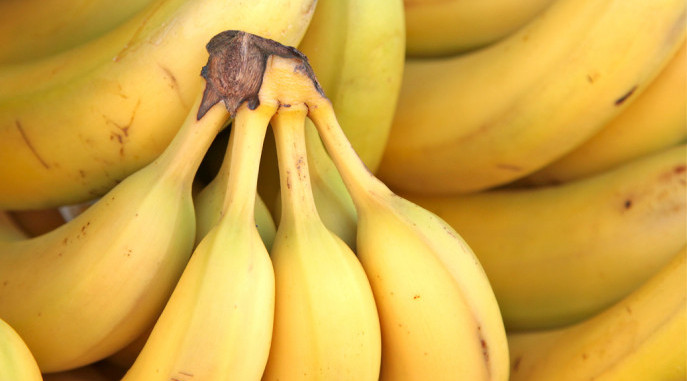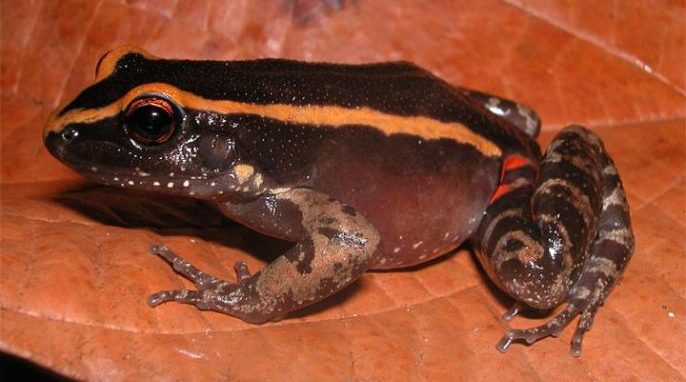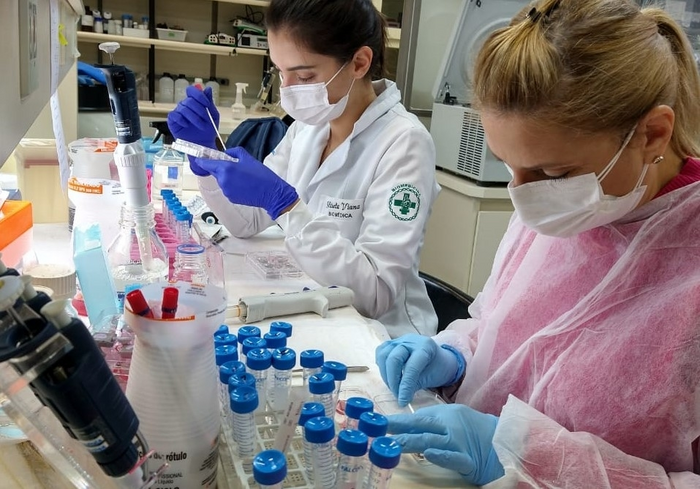By Gert HJ Kema, Professor of Tropical Phytopathology, Wageningen University and Research Center, Wageningen, The Netherlands
Cavendish bananas saved the entire banana industry a century ago. The then most planted variety “Gros Michel” was being wiped out by the soil-borne fungal pathogen Fusarium oxysporum. The fungus was causing Panama disease, severe and progressive wilting and that eventually lead to plant death. The extinction of the first popular banana was a blow to the developing export trade, to growers and all associated workers and lead to huge societal unrest and economic collapse. The major banana companies that had dominated the entire production chain and unscrupulously protected their business were in dire straits, despite massive land claims and forced political instability. Ironically, in the end, the extinction of the “Gros Michel” banana turned many Central American countries into the so-called “banana republics.”

By sheer luck, or better Divine providence, there was one banana that appeared to be resistant to the Fusarium fungus. The Cavendish banana was similar to “Gros Michel,” a natural clone from Southeast Asia. Up until then, the Cavendish was a mere peculiarity in some high-society botanical gardens but came to gradually replace “Gros Michel.” Over time, the entire logistical chain was professionalized and tailored to these Cavendish clones. Currently, these bananas dominate the global export trade. Anywhere in the world, supermarkets offer Cavendish, sourced from multiple-hundred-thousand-hectare plantations planted to a single clone. The majority of consumers has no choice and hence, has never experienced the far better tasting diversity of banana varieties offered at local markets. With the current trend that—again—the far majority of consumers has neither the faintest idea nor interest where and how food is produced, ignorance is omnipresent. Ridiculous prices of less than one Euro per kilogram of bananas are considered normal and retailers promise to never change it, willingly binding consumers to—again—Cavendish. A vicious cycle of a lack of education and low-price lures are strangling local growers, despite increasing production costs. What can turn the tide?
A bunch of certifiers? Rain Forest Alliances, Fair traders, organic bananas? No! Panama disease, again! The industry tumbled out of their reclining chairs. A new Fusarium strain appeared, infecting and killing Cavendish, and continually spreading in Southeast Asia, recently leaped into the Indian subcontinent, the Middle East and Africa. The clonal structure of this so-called Tropical Race 4 strain threatens Cavendish worldwide and—contrary to Fusarium genotypes that caused the previous epidemic—also kills many local varieties. There is not much expectation that the suddenly awoken industry will be able to stop intercontinental leaps. On the contrary, they are likely the vehicle for such events. Hence, Central America trembles in fear. Another Panama disease epidemic will ruin their economies. Growing Cavendish around the globe is—even for a slowly disseminating soil-borne fungus—a downhill highway. No speed bumps. Once banana and fungal clones meet, all hell breaks loose.
RELATED: Bananas, Panama Disease, and You
Right now, at least a hundred thousand hectares have been destroyed. Even worse, this land is now unfit for future banana production unless new varieties are developed that can withstand Tropical Race 4. One of the characteristics of Fusarium is that while crawling stealthily through soil and plant tissue, it leaves “mines.” They only ignite once banana roots are in the vicinity, infect them and kill, but can stay alive for decades. Thus Cavendish is both a blessing and a curse. It remains resistant to the strains that caused the previous epidemic, despite “mine” infested soils, but paves the way for Tropical Race 4 that also leaves much more potent “mines.”
One major difference, compared to the previous Panama disease epidemic is that we currently have nothing to replace Cavendish. Despite technological innovations, disease control is still not possible and soil infestation continues, leaving minefields, and ruling out banana production for future generations. Western consumers and the industry need to be shaken out of ignorance, stand up, and truly take their responsibilities. Work their guts out, in solidarity with producers and protecting food and nutrition security for millions of people.
RELATED: Genomics Takes On Crop Disease
While I acknowledge that this all sounds dramatic, it actually is. Those accusing me of dramatizing should simply look back in history and reflect on past-century achievements—they are little. Or visit local farmers who had to give up farming, turning their home economies into despair. Only a joint effort by determined international consortia will succeed and unveil the untapped available genetic diversity in wild bananas, thereby securing food and fruit for future generations.
Featured image courtesy of torbakhopper via Flickr
This article was originally published by ResearchGate.




